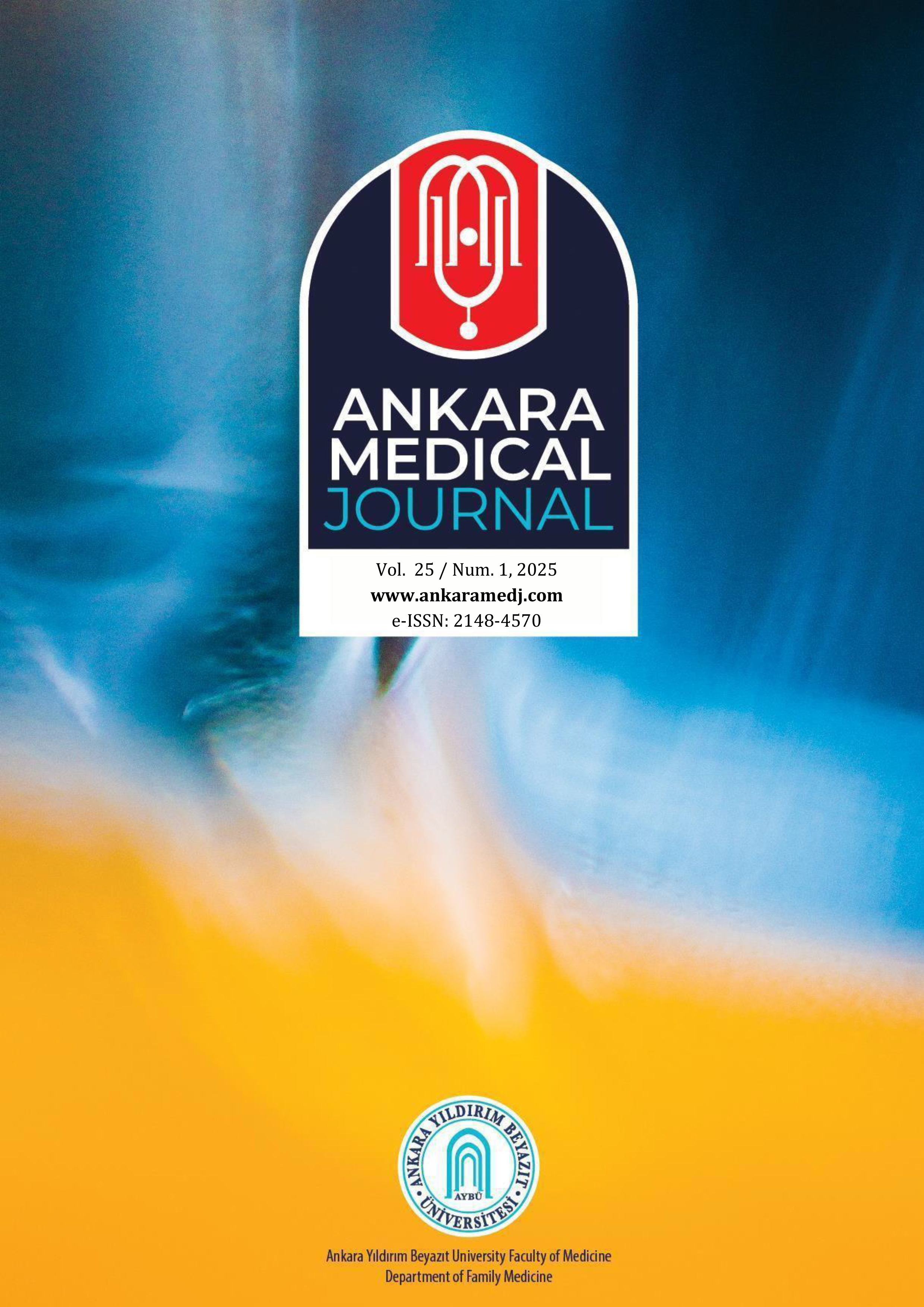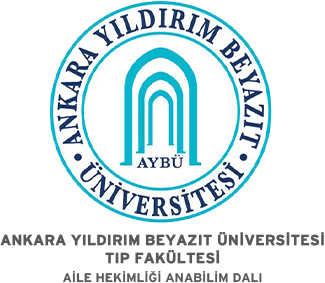Karbonmonoksit Zehirlenmesinde Thiol Disulfid Homeostazisi ve Nötrofil Lenfosit Oranı Değerlendirilmesi
Fatih Tanrıverdi1, Yucel Yuzbasioglu2, Fadime Güllü Ercan Haydar3, Servan Gökhan1, Ayhan Özhasenekler1, Çağdaş Yıldırım1, Fatih Ahmet Kahraman1, Funda Eren41Ankara Yıldırım Beyazıt Üniversitesi Tıp Fakültesi Acil Tıp Anabilim Dalı,Ankara2Keçiören Eğitim Araştırma Hastanesi Acil Tıp Kliniği,Ankara
3Ankara Şehir Hastanesi Genel Cerrahi Servisi,Ankara
4Ankara Şehir Hastanesi Biyokimya Kiliniği,Ankara
GİRİŞ ve AMAÇ: Bu çalışmanın amacı acil servise karbon monoksit zehirlenmesi nedeniyle başvuran hastalarda oksidatif stres markerlarından olan thiol/disülfit homeostazis parametreleri ile Nötrofil-Lenfosit (NLO) beraber kullanımının tanı açısından yararlı olup olmadığını araştırmaktır.
YÖNTEM ve GEREÇLER: Çalışma 01.01.2014 ile 01.03.2015 tarihleri arasında acil servise başvuran ve çalışmaya alınan 45 hasta ve kontrol grubu olarak belirlenen 40 sağlıklı kişi ile prospektif olarak yapıldı. Erel ve Neşelioğlu tarafından yeni geliştirilen bir metot ile oksidatif stres markerı olan thiol/disülfit homeostazis parametreleri (Thiol, disülfit, disülfit/native thiol, disülfit/total thiol, native thiol/total thiol) ile NLO hasta ve kontrol grubunda çalışıldı.
BULGULAR: Karbonmonoksit zehirlenmesi olanlarda kontrol grubuna göre, NT, TT, index 3 ve NLO oranlarında anlamlı farklılık tespit edildi. NT, TT ve index 3 hasta grubunda daha düşük, NLO ortalama değerleri daha yüksek bulundu (sırasıyla p =0,005; < 0,001; < 0,032 ve < 0,001).
TARTIŞMA ve SONUÇ: NLO ile thiol/disülfit homeostasis parametrelerinin karbonmonoksit zehirlenmesi tanısında beraber kullanılması bu hastalarda tanının konulması açısından faydalıdır.
Evaluation of Thiol Disulphide Homeostasis and Neutrophile Lymphocyte Ratio in Carbon Monoxide Intoxication
Fatih Tanrıverdi1, Yucel Yuzbasioglu2, Fadime Güllü Ercan Haydar3, Servan Gökhan1, Ayhan Özhasenekler1, Çağdaş Yıldırım1, Fatih Ahmet Kahraman1, Funda Eren41Department of Emergency Medicine, School of Medicine, Ankara Yıldırım Beyazıt University, Ankara2Department of Emergency Medicine, Keçiören Training and Research Hospital, Ankara
3Department of General Surgery, Ankara City Hospital, Ankara
4Department of Biochemistry, Ankara City Hospital, Ankara
INTRODUCTION: The aim of this study is to search if using thiol/disulphide homeostasis together with Neutrophile Lymphocyte Ratio (NLR) which are oxidative stress markers in patients who apply to the emergency service with carbon monoxide intoxication is useful regarding diagnosis or not.
METHODS: The study was performed prospectively with 45 patients who applied to the emergency service between 01.01.2014 - 01.03.2015 and who were included in the study and 40 healthy persons who were determined as control group. Thiol/disulphide homeostasis parameters (Thiol, disulphide, disulphide / native thiol, disulphide / total thiol, native thiol / total thiol) and NLR which are oxidative stress markers were studied in the patient and control groups by a method which was developed newly by Erel and Neşelioğlu.
RESULTS: In persons with carbon monoxide intoxication, a significant difference was detected in NT, TT, index 3 and NLR rates according to the control group. NT, TT and index 3 were found lower in the patient group, and NLR mean values were found higher in the patient group (p =0.005, < 0.001, = 0.032, < 0.001 respectively).
DISCUSSION AND CONCLUSION: To use NLR together with thiol/disulphide homeostasis parameters in the diagnosis of carbon monoxide intoxication is useful regarding diagnosing in these patients.
Makale Dili: İngilizce
(823 kere indirildi)





